There’s a lot of misinformation and common myths circulating about opioid addiction, substance use disorders, and opioid use disorder (OUD). For many people in the United States, what they “know” comes from outdated health classes, fear-based campaigns, or viral social media posts — not from the health care providers or medical professionals who understand this as a chronic disease.
In recent years, the opioid crisis has taken a devastating toll. From prescription opioids and pain medication to street drugs like heroin laced with fentanyl, the risks have only intensified. Opioid overdose and drug overdose deaths continue to rise — especially among people who never thought they’d be at higher risk.
The First Step
I’ve spent over 20 years caught in the cycle of substance abuse, incarceration, loss, and hopelessness. I’ve lived what I now call “life on the installment plan.” I was using long before opioid use disorder was recognized as a medical condition by the American Psychiatric Association’s Diagnostic and Statistical Manual of Mental Disorders.
Today, I have nine years of recovery. I’m a Certified Addiction Recovery & Life Coach, a homeowner, a Credit Repair Counselor, and the founder of this blog. I’ve survived a world that most people only read about — and now I’m here to shine a light on truth, science, and hope.
Let’s dismantle some of the most dangerous myths about opioid addiction using facts, research, and lived experience. This is the first step to healing and long-term change.
Myth #1: "You Can Get Addicted to Heroin After One Use"
We’ve all heard it: “One hit and you’re hooked.” That line has terrified generations, and while it’s rooted in caution, it’s also misleading.
Using heroin once does not instantly rewire your brain chemistry or create physical dependence. But here’s the catch: opioid receptors in your brain are highly sensitive. That first use can create a euphoric response that some people chase for years — especially if they’re dealing with acute pain, trauma, or mental health struggles.
And in today’s climate, that first-time use could very well be your last. Why? Because many opioid drugs on the streets are cut with fentanyl, dramatically increasing the risk of overdose, especially for new users who have zero tolerance.
Fact: You may not become addicted after one use, but you may die from it. First-time users are at a higher risk of fatal outcomes.
Myth #2:"People Can Quit Opioids If They Really Want To"
This one hurts — because it blames the person instead of the disease. I assure you, I enjoyed no part of repeatedly losing homes, vehicles, relationships, family members, careers, loved ones, etc. I watched all those I cared about fall in the war on drugs, some before my very eyes, and despite knowing that they died as a result of their drug addictions, I sank deeper and more relentlessly than ever into my own. I didn’t choose it, but my lack of options and the system’s failures repeatedly threw me back to that same cycle time and again.
Opioid use disorder is not a lack of willpower. It’s a complex disease impacted by genetic factors, environmental factors, trauma history, and more. Once the brain has been altered by prolonged drug use, quitting “cold turkey” isn’t just hard — it can be physically dangerous.
Withdrawal symptoms from opioid medication can include nausea, abdominal pain, tremors, anxiety, depression, and intense cravings. Many people go back to using simply to make the sickness stop — not to “get high.”
That’s why medication-assisted treatment (MAT) is considered effective treatment. MAT combines medications like methadone or buprenorphine with therapy and support, helping stabilize the brain while addressing the root causes of addiction. It’s not replacing one drug with another — it’s a therapeutic approach backed by science.
Fact: Addiction is a chronic condition, and like diabetes or heart disease, it requires ongoing care — not shame.
Myth #3: "Only Street Drugs Like Heroin Are Addictive"
This myth is not only false — it’s deadly.
Many people develop opioid dependence through prescription drugs prescribed for chronic pain or acute pain management. They follow prescription instructions, often given by well-meaning healthcare professionals, unaware of the addictive properties of these medications.
Drugs like oxycodone, hydrocodone, and morphine — often referred to as Rx drugs or opioid medicines — interact with the same nerve cells and opioid receptors in the brain as heroin. They may feel safe, but misuse can happen in a short period of time, especially when taken at a higher dose or outside of the prescribed method.
Scary stat: Over 80% of heroin users started with prescription opioids.
Another reality: Opioid-induced hyperalgesia can make your pain worse over time — a paradox where pain medication causes more sensitivity to pain.
Myth #4: "You Can Spot an Addict Just by Looking at Them"
The media has painted a stereotypical image of a “junkie” — disheveled, unemployed, living on the margins of society. But the truth? Opioid users come from every walk of life: lawyers, teachers, moms, teens, veterans, CEOs.
Substance use disorder doesn’t care about your job, your income, or your zip code. In fact, many are functioning in plain sight — using prescribed opioids, struggling in silence, afraid to speak up due to stigma.
Programs like Alcoholics Anonymous, 12-step programs, and the Maryland Overdose Response Program (ORP) are helping people reclaim their lives. The ORP website also offers hands-on training and health information about the Good Samaritan Law, emergency overdose situations, and how to administer naloxone — a life-saving drug that reverses opioid overdose.
Let's Change the Conversation
We’re living in the middle of an opioid epidemic — and the misinformation around it is making things worse. If we want to truly help people struggling with substance use disorder, we need to lead with facts, not fear. With empathy, not judgment.
So the next time you hear someone say:
- “They brought it on themselves.”
- “One hit and it’s over.”
- “They just don’t want help.”
I want you to challenge it. Share this post. Share your story. Speak up. Because silence keeps people sick — and speaking truth saves lives.
A Final Word: It's Time to Speak Truth toPower
The opioid crisis is not going away quietly. According to the National Survey on Drug Use and Health, millions of Americans misused prescription medication or engaged in drug use involving illegal drugs last year. But here’s what we know: Long-term success is possible. Recovery is real. And it starts with truth.
Whether you’re someone struggling, someone who loves someone struggling, or someone trying to better understand this epidemic, know this: you’re not alone. There are mental health services, treatment programs, and support systems — even if financial constraints or lack of access in the health care system have made it feel out of reach.
If no one else has told you today, you are worth saving. The first step is learning. The next step is asking for help.
Additional Resources:
- Visit the SafeSpot Overdose Prevention Helpline 1-800-972-0590 (My second and favorite job) to prevent people from using alone
- Explore SAMHSA (Substance Abuse and Mental Health Services Administration) for free guides and support options
- Read my last post: “People-pleasing in Addiction Recovery: How I Learned to Set Boundaries and Start Healing“
What's Next?
✅ Check out my post about MAT and recovery myths you still believe
✅ Check out my post: 25 Activities to Try Sober
✅ Subscribe to the blog for weekly truth bombs, lived experiences, and practical tools for healing
If you’re someone struggling, I see you. If you love someone who’s caught in the spiral, I’m here for you. And if you’re a part of the system trying to make a difference — thank you.
This blog is for all of us.
💬 What’s a myth about addiction you’ve heard? Drop it in the comments below. Let’s bust it wide open.
📌 Pin this post to save it for later — or to help someone you care about.
📧 Subscribe to my newsletter for more truth bombs, real talk, and recovery resources.
If This Post...
If this post resonated with you or you would like to add or share something, please do so in the comments below. You know I love to hear from you. You could also support my work by liking, sharing, commenting, subscribing, following, and registering to join our free-of-charge, supportive, all-inclusive, judgment-free, meet-you-where-your-at online community where teachers learn. Learners teach all while working together to #provethemallwrong and #showthemwhatwecando.
In our support forums, you can give or receive support all on the same day. This community is for all of us who are more progressors, less perfectors. Addiction is not a prerequisite. All are welcome. This is a new, growing community, so please be patient. If there are any issues, please contact me at [email protected].
Post Off Quote
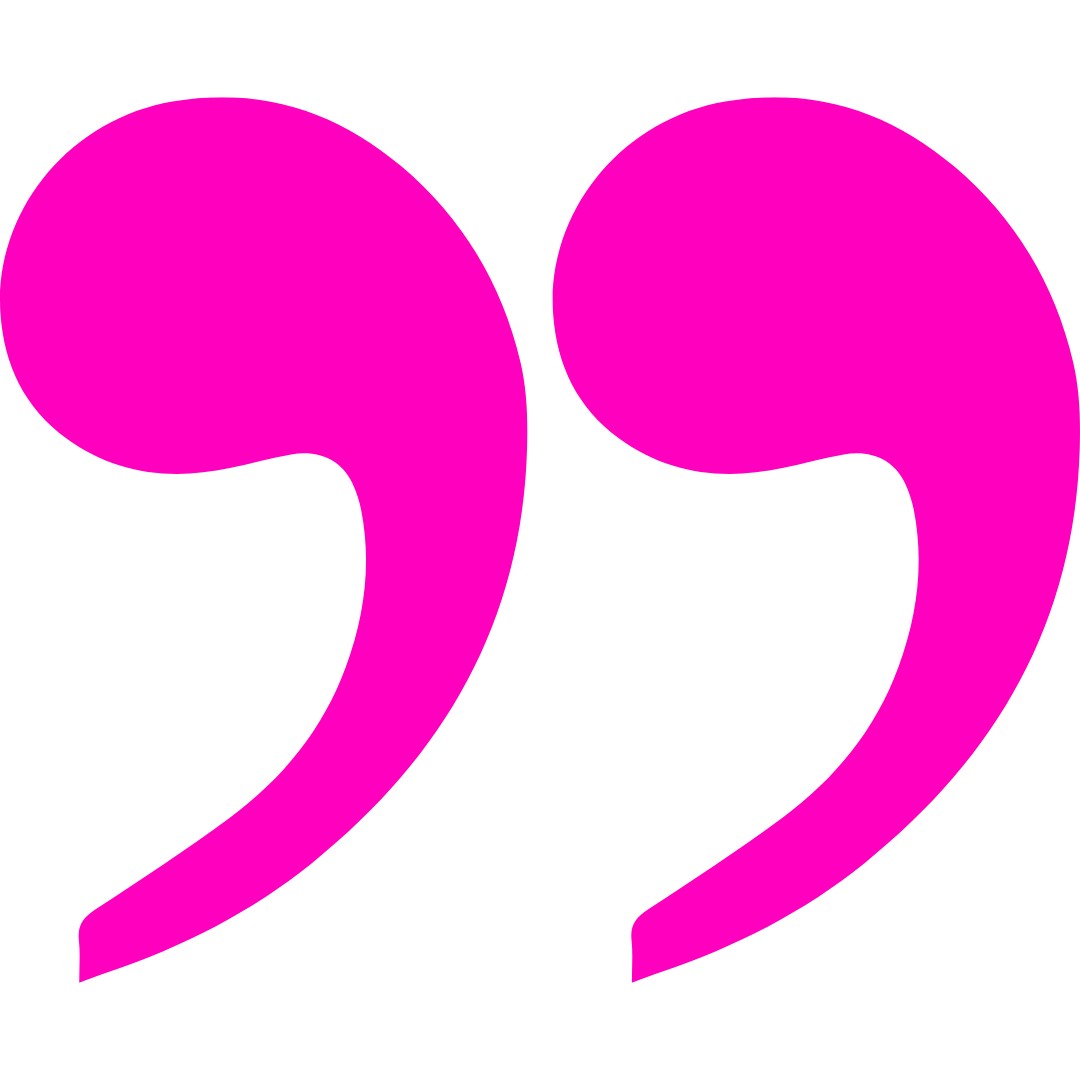
“Spread love everywhere you go. Let no one ever come without leaving happier.”
-Mother Theresa
Post Off Affirmation

Today I choose to make healthy decisions about what I am putting into my body and what I am putting my body through. I have abundance in all areas regarding my health.
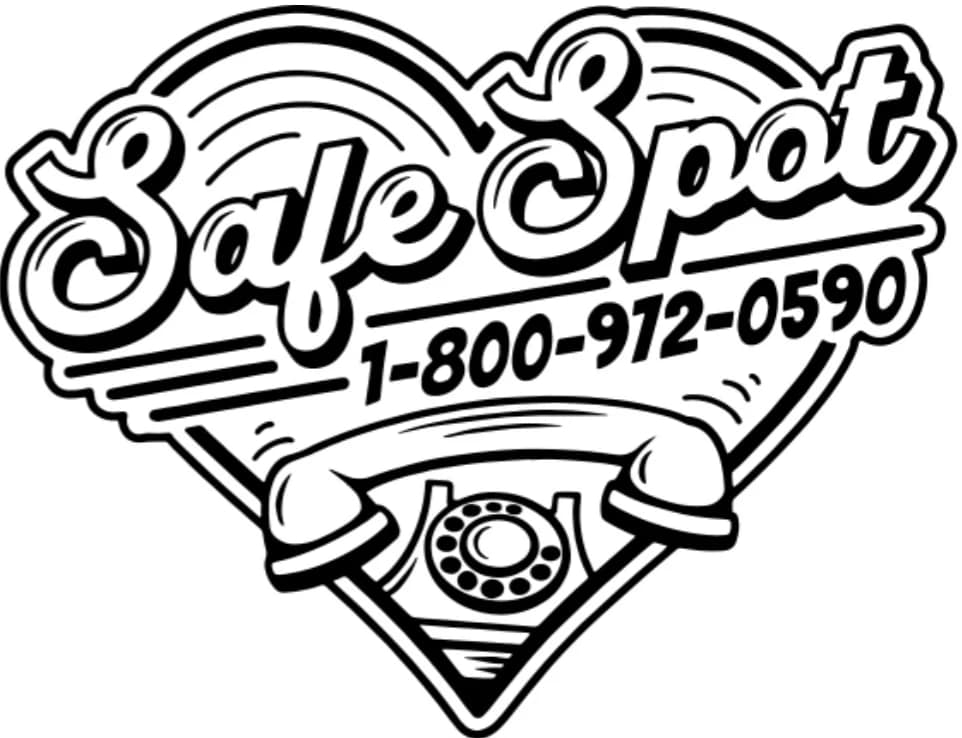
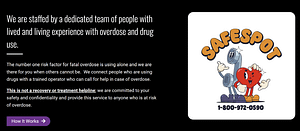
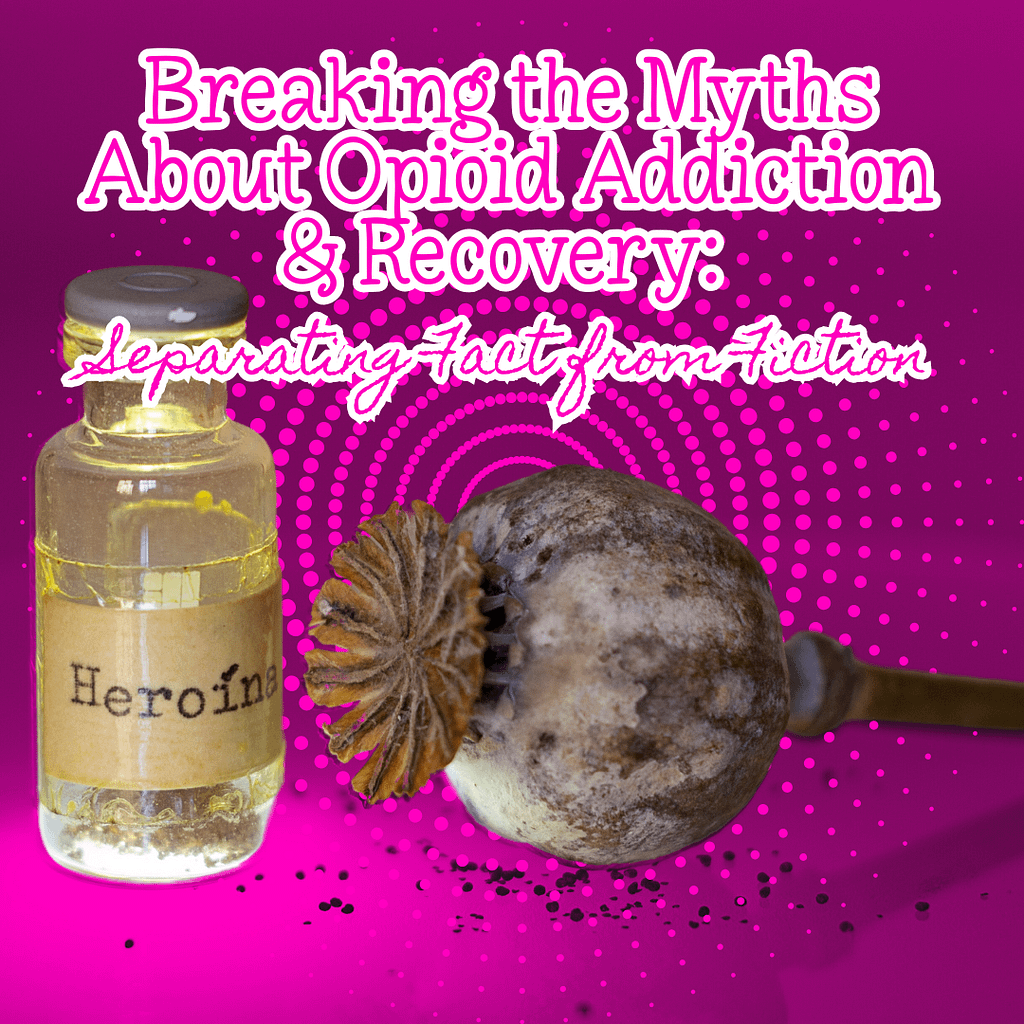


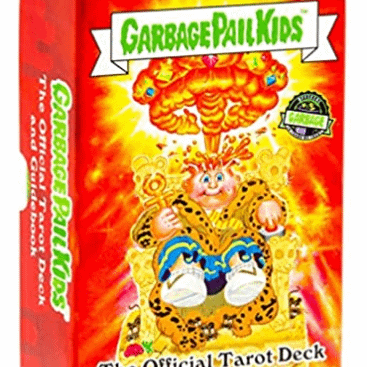

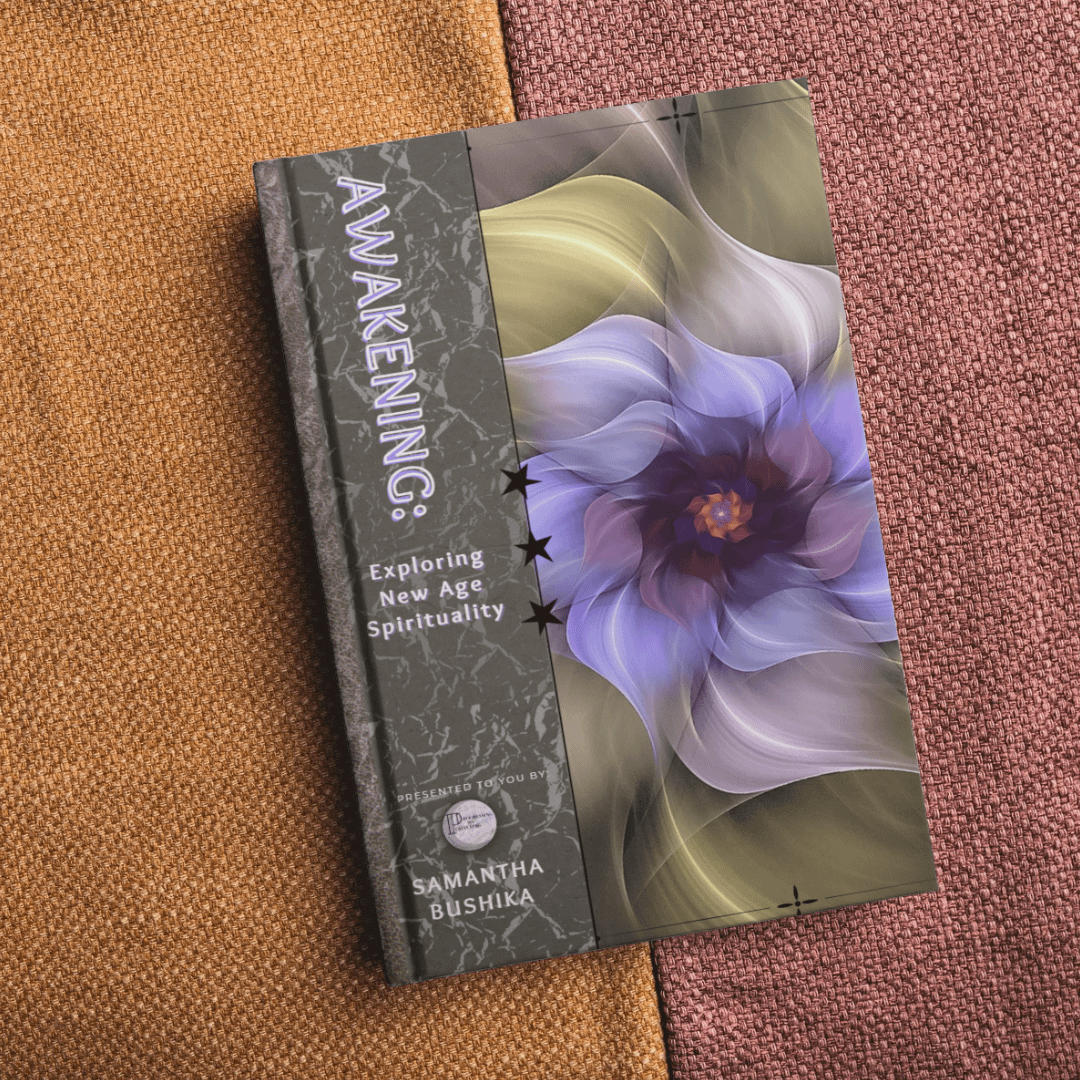




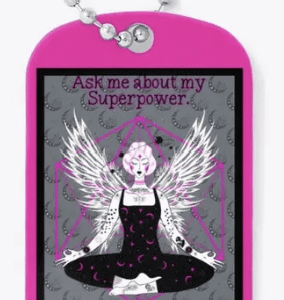






















































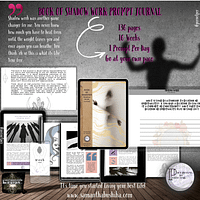

I love how you mix in the facts and statistics with ur two cents. It’s very… Well… Unique!